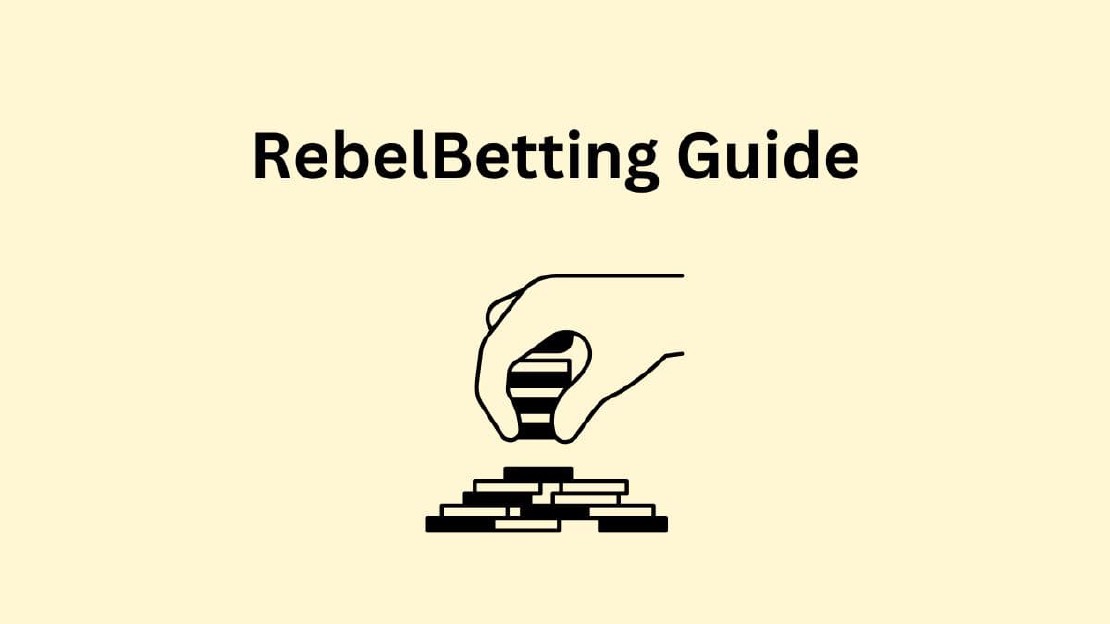Effective Social Media Marketing Tips and Strategies
Social media marketing has become indispensable for businesses of all sizes. With billions of active users on platforms like Facebook, Instagram, Twitter, and LinkedIn, it’s clear why having a robust online presence is essential. But where do you start? And how can you ensure your efforts yield the best results? Below you’ll find some valuable social media marketing tips to get you moving in the right direction.
Start small. Choose your platforms wisely. Post regularly. Engage with your audience genuinely. Keep content authentic. Measure and refine your efforts consistently. Remember, building an effective social presence is a marathon, not a sprint.
Social Media Marketing Tips and Strategies
The foundation of any successful social media strategy lies in understanding your audience. Who are they? What are their interests? What kind of content do they engage with? By creating detailed audience personas, you can tailor your content to meet their needs and preferences.
Set Social Goals and Objectives
Once you have a clear understanding of your audience, it’s crucial to set specific, measurable goals for your social media efforts. These goals should align with your overall business objectives and can include:
- Increasing brand awareness
- Driving traffic to your website
- Generating leads and sales
- Boosting engagement and interaction
By establishing goals and objectives you increase the chances of boosting social media monetization earnings.
Choose the Right Social Platforms
Building a social media presence can be lucrative on the right platform! Different social platforms cater to different audiences and types of content.
Plan Your Social Media Content
A well-structured content calendar is essential for ensuring that your social media posts are consistent and aligned with your marketing goals. Planning your content in advance involves several key elements. First, you need to identify themes and topics based on your audience’s interests and current trends. Next, determine how often you’ll post on each platform, establishing a regular post frequency. Finally, vary your content types by including images, videos, articles, and infographics to keep your audience engaged.
Craft Engaging Content
Quality content is the backbone of social media success. To create content that resonates with your audience, follow these tips. Be authentic and show the human side of your brand to build genuine connections. Use storytelling to connect with your audience on an emotional level. Incorporate high-quality images and videos, as visuals can significantly boost engagement. Encourage interaction by asking questions, running polls, and inviting comments to foster a sense of community.
Leverage User-Generated Content
User-generated content (UGC) is a powerful tool for building trust and authenticity. Encourage your followers to share their experiences with your brand and feature their content on your social media channels. This approach not only boosts engagement but also provides you with a steady stream of fresh content, enhancing your social media presence.
Make Adjustments by Analyzing Data
Regularly reviewing your analytics data allows you to identify what’s working and what’s not. Use this information to make informed adjustments to your strategy. For instance, if you notice that videos perform better than images, consider incorporating more video content into your posts. This data-driven approach helps you optimize your social media strategy for better results.
Make Use of Social Analytic Tools
Various tools can help you track and analyze your social media performance. Popular options include Google Analytics for tracking website traffic from social media, Hootsuite for managing and analyzing multiple social media accounts, and Sprout Social for in-depth social media analytics and reporting. These smm tools provide valuable insights to enhance your social media strategy.
Boost Social Engagement
Interactive content is an excellent way to engage your audience and encourage participation. Consider using polls and surveys to ask your followers for their opinions and feedback. Run contests and giveaways to promote user interaction and share your content. Host live videos, such as Q&A sessions, product demos, or behind-the-scenes tours, to create a more engaging and dynamic social media presence.
Respond to Comments and Messages
Engagement is a two-way street. Responding to comments and messages promptly shows your audience that you value their input and fosters a sense of community. Acknowledge positive feedback by thanking your followers for their support. Address negative feedback professionally, offering solutions to any issues. Provide helpful and informative responses to questions, enhancing your audience’s experience with your brand.
Build Relationships with Influencers
Influencer marketing can be a powerful way to reach new audiences and boost engagement. Partner with influencers who align with your brand values and have a strong following in your niche. This collaboration can help you tap into their audience and gain credibility through their endorsement, expanding your brand’s reach and influence.
Create Compelling Ads
For your ads to be effective, they need to capture attention and drive action. Use eye-catching visuals, such as high-quality images and videos, to grab attention. Write persuasive ad copy that is clear, concise, and includes a strong call to action. Test different ad variations through A/B testing to determine which versions perform best, allowing you to refine your advertising strategy.
Measure Ad Performance
Regularly monitoring your ad performance is crucial for optimizing your campaigns. Track key metrics such as click-through rate (CTR), which indicates the percentage of users who click on your ad; conversion rate, reflecting the percentage of users who complete a desired action after clicking on your ad; and return on ad spend (ROAS), which compares the revenue generated from your ads to the amount spent. These metrics help you assess the effectiveness of your ads and make necessary adjustments.
Keep Up with Social Trends
The social media landscape is constantly evolving, with new trends and features emerging regularly. Staying updated with industry news can help you stay ahead of the curve and adapt your strategy accordingly. Follow reputable blogs, attend webinars, and join industry groups to stay informed about the latest developments in social media marketing. Experiment with new features to see how they can enhance your social media efforts.
Adapt to Algorithm Changes
Social media algorithms determine which content gets shown to users, and these algorithms are constantly being updated. To adapt to algorithm changes, focus on creating high-quality, engaging content that is more likely to be favored by algorithms. Encourage interaction, as posts with higher engagement are often prioritized. Diversify your content types to reach a wider audience and increase your chances of being seen.
Recent Posts

- Work From Home
Amazons Mechanical Turk Monetization Tips
Looking for flexible online income? These Amazons Mechanical Turk monetization tips will help you turn small tasks into real earnings. If traditional remote …

- Work From Home
Fulfillment by Amazon Complete Guide
Launching and scaling an online store can feel overwhelming. Managing inventory, shipping products, handling returns—each task demands significant time and …

- Side Hustles
RebelBetting Complete Guide
In recent years, sports betting has transitioned from casual entertainment into a serious income opportunity for savvy bettors. However, consistently beating …
